Kashmir 'freedom anthem' released to controversy
- Published

The song emphasises Pakistan's claim to disputed Kashmir
A song that describes "atrocities" in Indian-administered Kashmir has been released in Pakistan, causing controversy. BBC Monitoring's Tulika Bhatnagar traces its origins and impact.
The Kashmir Anthem Song is dedicated to separatist militant Burhan Wani, whose death in July sparked the worst violence the region has seen for years.
Disputed Kashmir is claimed in its entirety by India and Pakistan and has been a flashpoint for decades, sparking two wars between the countries.
Released last week,, external the song emphasises Pakistan's claim to the territory.
It begins with a voice-over by producer Omar Ahsan, who vows that this land (referring to Pakistan) will ensure that Kashmir's struggle (for freedom) shall continue.
The track sounds like a rock ballad at times, with electric guitar riffs and fiery vocals. But it is also infused with traditional Sufi music.
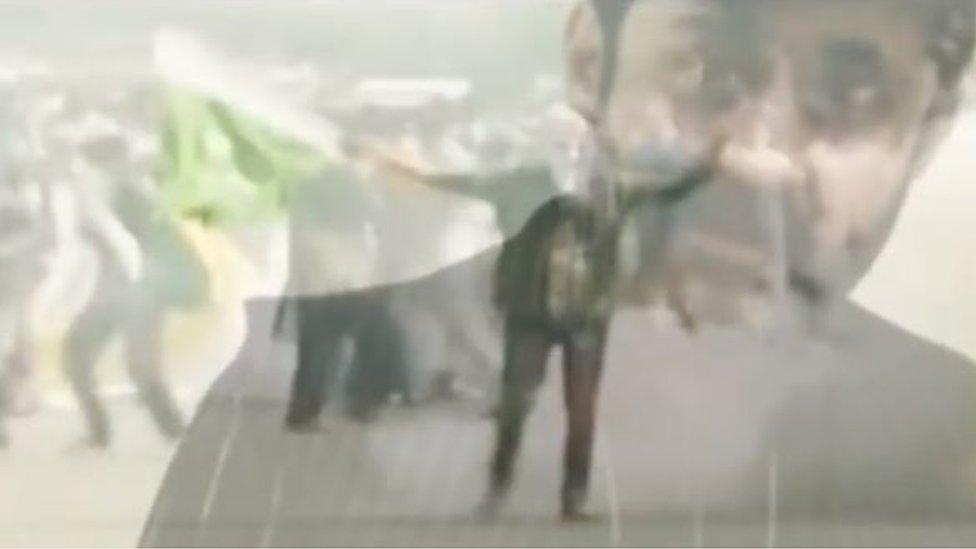
The president of Pakistan-administered Kashmir was present when the song was launched
"We wanted to reach out especially to the younger generation who connect with new music and don't go for old, traditional things. This music style has folk tunes that evoke pain and grief in a way that will appeal to the younger generation. There is melody, romance and pop," Mr Ahsan told the BBC.
He claimed that within 48 hours of its release, the anthem received more than 20,000 views and 1,000 shares
The song has received a lot of attention in the Pakistani media. It features singers Ali Azmat, Umair Jaswal and Alycia Dias. Several Pakistani artists refused to sing on the track, fearing a backlash from their Indian fans. One of the singers, Umair Jaswal, claims he has lost at least 10,000 fans from "across the border" on his Facebook page after posting news about the song.
But he insists the "anthem" is not anti-Indian in its content.
"We have a humanitarian issue going on in Kashmir," he told Pakistani newspaper The Express Tribune last month. "It's time we put the focus back on Kashmir."
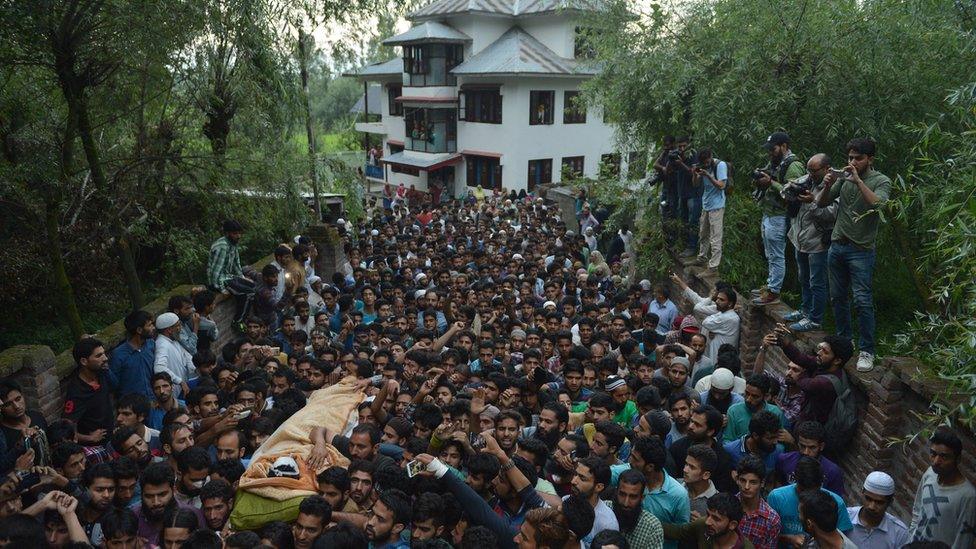
Burhan Wani was popular among many young Kashmiris, despite being seen as a terrorist by India
It's unsurprising that the anthem might have upset some Indians.
"Kashmir, which is also Pakistan, this paradise on earth, this valley, now has freedom as its destiny," the chorus goes.
Wani appears in the anthem's video in stills that show thousands attending his funeral procession.
The Indian government considered Wani a terrorist, but for many Kashmiris he represented the spirit and political aspirations of a new generation.
Other visuals highlight the unrest in Kashmir, including images of prominent separatist leaders and protesters hurling stones at Indian forces.
Mr Ahsan told BBC Hindi that his team "initially waited for a few months" before deciding to go ahead.
"We expected the civil society in India and the country's music fraternity to make a documentary or a song about the plight of the Kashmiris," he says, adding that this had not happened.
There are now plans to shoot a film for the anthem out of Pakistan-administered Kashmir.
Ignored by Indian media?
It is the "remarkable resilience" of the Kashmiri people against India's "unending atrocities" that inspired the anthem, Mr Ahsan said.
This is not likely to be the view among many Indian commentators. India has blamed Pakistan for fomenting months of unrest since the death of Wani, a charge that Islamabad denies.
And it's notable that Indian media have been slow to pick up on the song's release despite Kashmir being a much-covered topic otherwise.
On social media, however, the song is spreading. Twitter users, including some with news pages named after Kashmir, have picked up the song and are sharing the video.
And when the anthem was launched, the president of Pakistan-administered Kashmir, Sardar Masood Khan, was present. He was shown on television encouraging other Pakistanis "to also play a role in supporting the cause of the Kashmiris".
There has been no significant reaction yet from India. Perhaps its pop stars are huddled in a studio planning a ballad of their own.
- Published1 October 2016

- Published1 October 2016
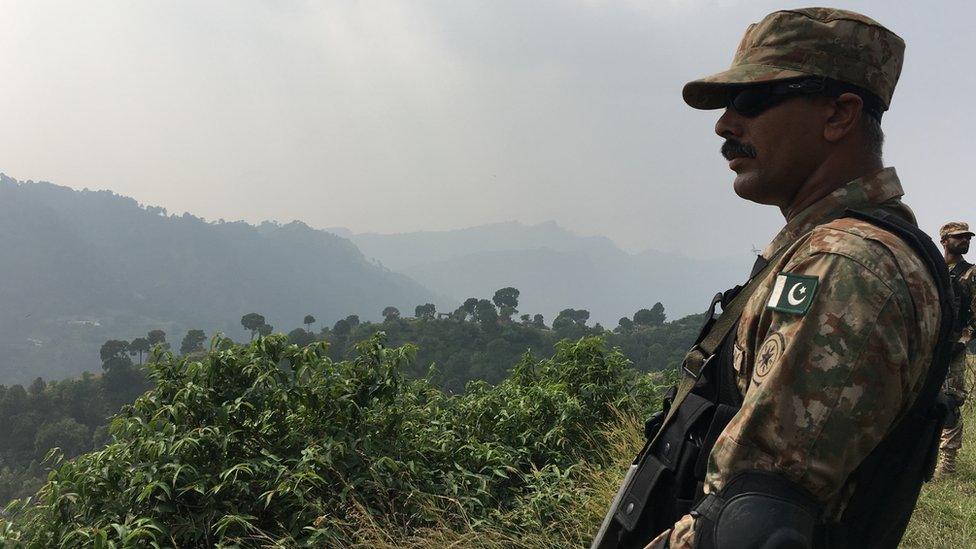
- Published30 September 2016

- Published13 July 2016
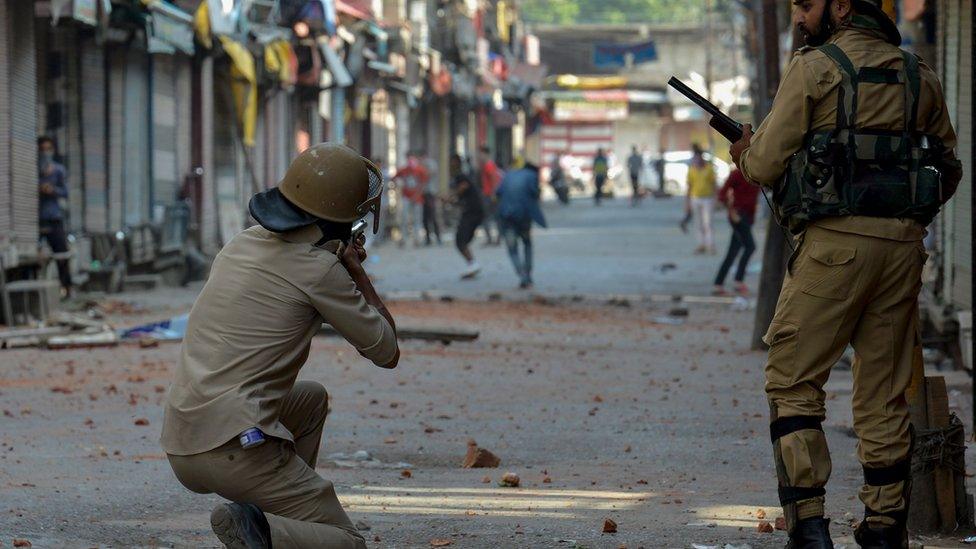
- Published14 April 2016
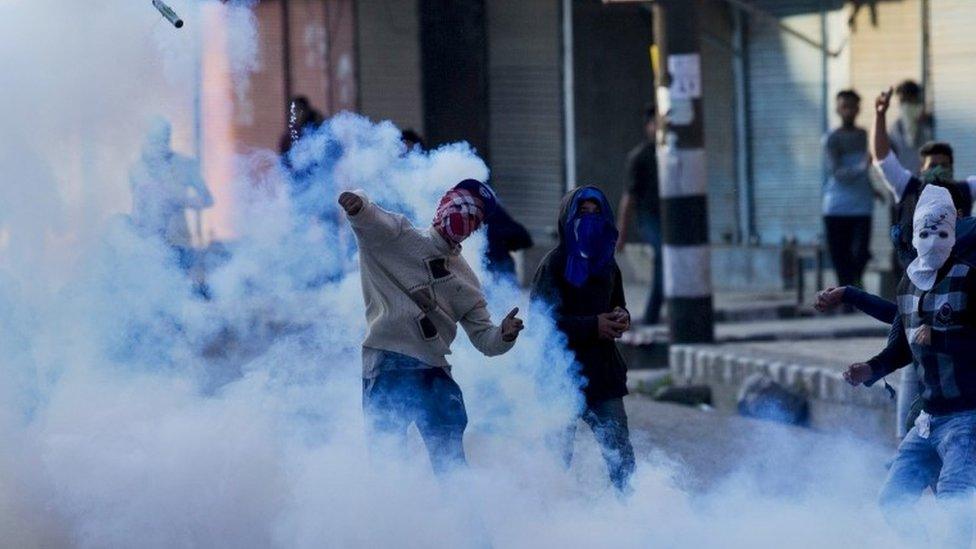
- Published16 September 2016

- Published28 October 2016

- Published11 July 2016
